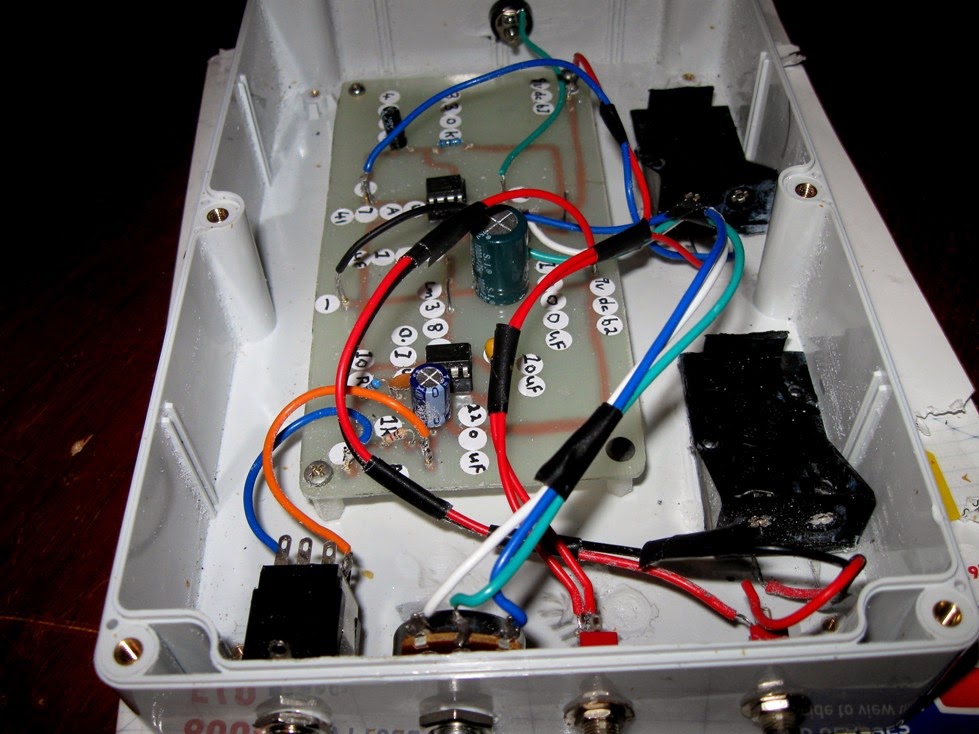The post talks about a VLF receiver circuit useful for detecting insect wing beat signals
An extremely interesting electrical result effectively observed with the VLF are wing sounds activated when bugs like bees, flies, and mosquitoes fly within a few feet of the VLF whip antenna.
The resulting signal is a buzzing noise practically the just like what might be listened to by ear, despite this, this consequence is due to electrostatic produces each time the insect's wings flap.
It may be regarded as that electrostatic charges (static electricity) are gathered on the insect's wings subsequently rejected by means of each wing whip, creating a "modulated" electrical field around the pest at the the same frequency as the wings whisk.
Big insects, comparable to wasps, Yellow jackets, Bumblebees and honeybees, perform notably strong buzzing sounds in the headphones-easily heard as soon as those insect fly within 4 feet (1 meter) of the VLF antenna.
High-pitched Mosquito wing beat noises is usually observed the smaller bugs within a few inches of the VLF Receiver's whip antenna.
Particular kinds of flies along with other irritating insects carry significantly more electrostatic "buzz" out of them when compared with other forms - Bees and Horse Flies, in our findings, incorporate the loudest "buzz" in the earphones!
This can similarly have something associated with the structure of the insect's wing, with particular type of bug wings higher liable to static electricity develop and resulting discharge.
There may be insect physical electrical generates generated within the insect's wing muscle tissues that help result in this, even though nothing is acknowledged regarding this circumstance.
